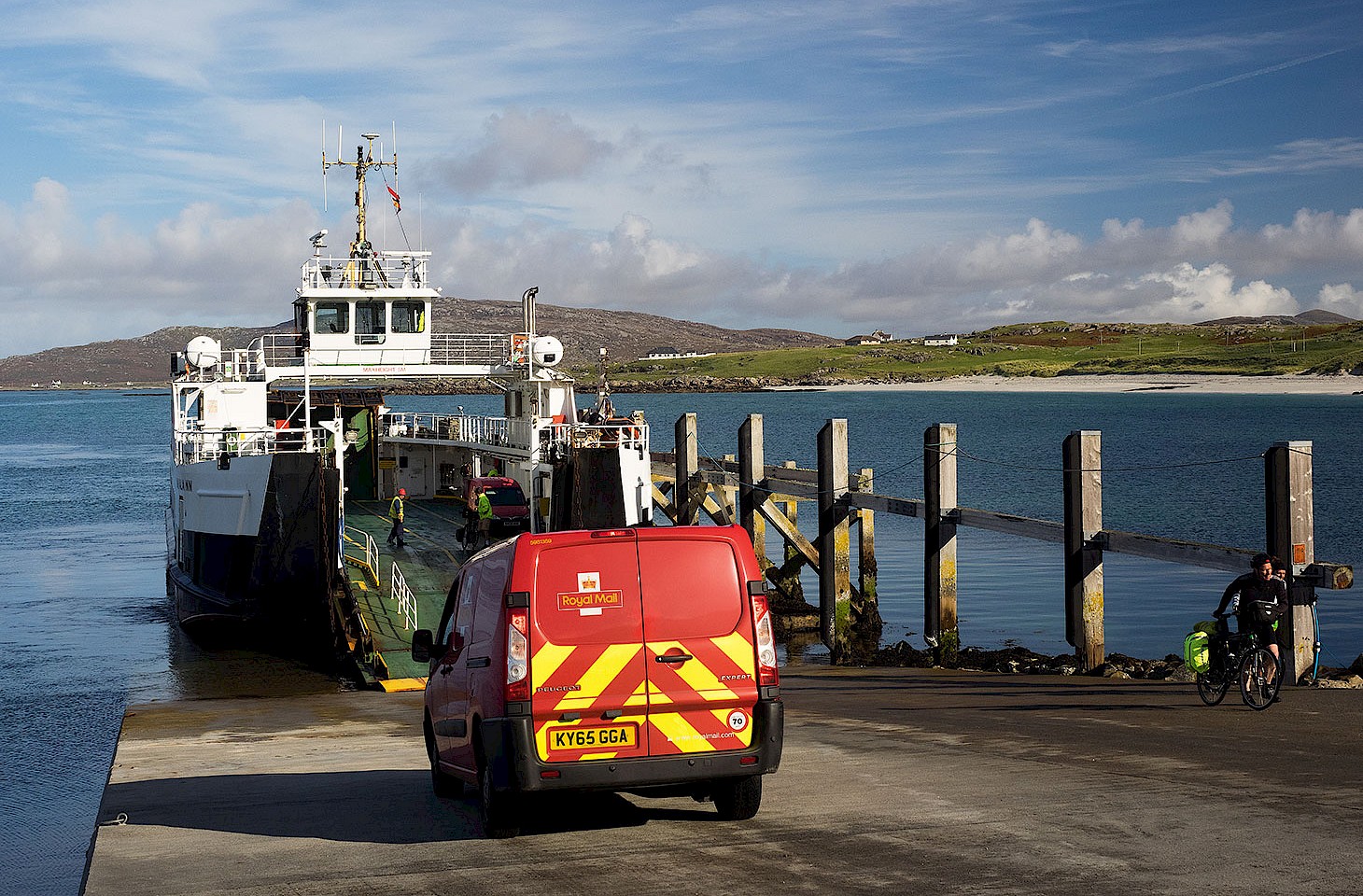Dear fellow travellers
On Inishmurray they have two graveyards - one for the men, and then a second one for women.
Ireland’s islands are rightly celebrated as outposts of traditional Irish life. Galway’s Aran Islands, Achill Island by the coast of County Mayo and rugged Tory Island in the rough seas off Donegal are all much visited by tourists. But barely a soul ventures to Inishmurray these days.
Inishmurray lies squat and low half a dozen kilometers off Streedagh Point in County Sligo. So low and squat that a British warship once mistook the island for a German submarine and promptly fired a torpedo off towards the island - a sure way of awakening all who were fast asleep in their beds in Inishmurray’s scattered cottages.
No one sleeps on Inishmurray these days. The island’s entire population, then numbering just a few dozen, left in 1948. Since then the buildings have crumbled and now there’s an air of quiet dereliction around Inishmurray. But it is a grand spot for those who love wind and waves, with fine views east towards the cliffed slopes of Benbulbin on the mainland. On a clear day Slieve League on the coast of Donegal can be seen well away to the north.
There’s a good account of a visit to Inishmurray by Thomas Holmes Mason, the Irish photographer and chronicler who had a passion for Irish islands. Mason visited Inishmurray in the early 1930s, lodging in a simple island home. He reported that the lobster presented at dinner was even tastier than that served in Dublin’s finest hotels. The woman of the house had only twice been to the mainland since marrying 14 years earlier. Island life was simple, shaped by daily rhythms of work and prayer.
Mason’s visit coincided with the Feast of the Assumption (on 15 August). On the eve of the Feast, a boat full of pilgrims arrived on Inishmurray. Mason reported that the islanders and the pilgrims were all up at the crack of dawn on the 15th, devoutly following the stations of the cross before breakfast. “This entailed a walk on their bare feet completely round the island over very rough and stony ground - a distance of about three miles,” recorded Mason. He noted that “In the evening a dance was held.”
Prayer was for many centuries part of the texture of life on the island. It was an early monastic settlement of the Celtic church, with separate foundations - well apart of course - for monks and nuns. Hence the two cemeteries, marking a separation in death which the islanders perpetuated long after the monks and nuns had left - and right up to the day that the remaining islanders left Inishmurray in 1948.
You probably had never heard of Inishmurray before today - and yet there’s a little aspect of Inishmurray history which has become part of Irish legend. Remember the tale of how Colm Cille (better known outside Ireland as St Columba) was banished from Ireland? The wayward priest had made such a mess of things in Ireland, surreptitiously copying a psalter, that he only narrowly avoided excommunication. He travelled to Inishmurray to seek counsel and absolution from Molaise, the leader of the monastic community on the island. It was there he was advised to leave Ireland forever, prompting the lifelong exile starting in 563 AD when Colm Cille set sail for Scotland, landing initially in Kintyre and then moving on to Iona.
Nicky Gardner and Susanne Kries
(editors, hidden europe magazine)


